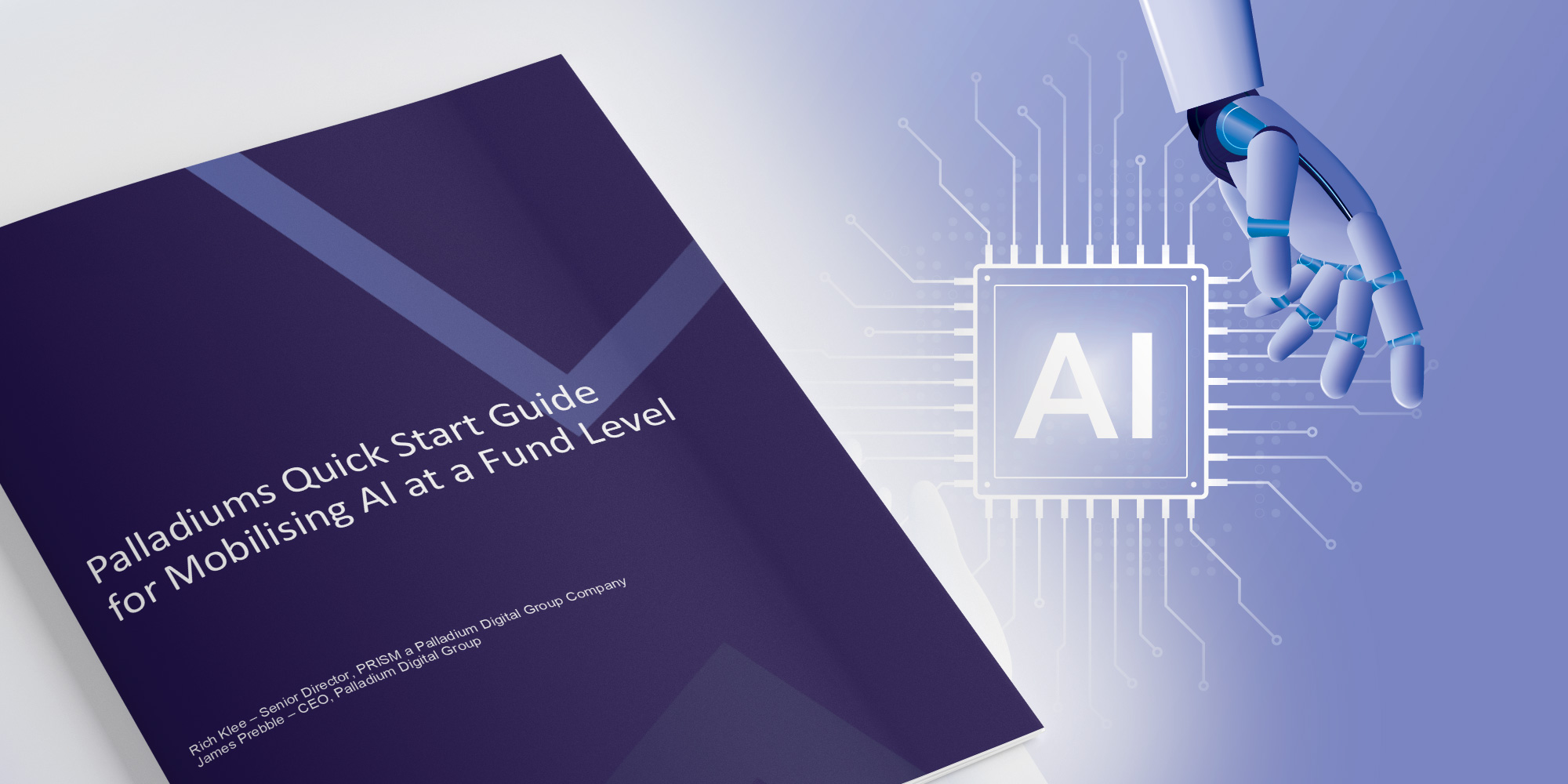The UK narrowly avoided falling into recession in 2022, but Chancellor Jeremy Hunt has urged caution, stating that “we are not out of the woods.” Unfortunately, a recession later this year is still on the cards. So we may have avoided a recession for now, but conditions remain challenging due to high inflation, rising interest rates and climbing energy prices.
Businesses and investors are exploring ways to ride out the current economic storm, either by divestiture or the acquisition of strong and differentiated assets. Today, technology is one of the most significant drivers of growth, even during challenging economic conditions. For those taking the acquisition route, it is vital to purchase assets with plenty of growth potential and, ideally, a defensive moat that is challenging to replicate – technology often fits that bill. On the sell side, highlighting potential growth and differentiation opportunities is essential. In this article, we explore how to effectively utilise technology during the sale and acquisition processes.
Sell-Side: Creating Value with Technology
Technology is a powerful value creation driver at all transaction stages. The more technological advances are made, the more pressure businesses have to drive growth and differentiation from competitors using new, proprietary technology of their own. As a result, businesses are allocating more of their budgets to improve these capabilities. This renewed emphasis on tech innovation is reflected in growing IT budgets—it is expected that global IT spending will increase from $4.43 trillion dollars in 2022 to $4.66 trillion in 2023. For organisations pursuing growth through internal digital transformation or M&A deals, significant tech investment is non-negotiable.
At present, deal margins are tight. Consequently, as a seller, it has never been more important to create value at the earliest opportunity to enhance valuations. However, creating value with technology in the most efficient, cost-effective way possible requires an agile approach.
- Maximise owned assets
Creating value with technology should start by assessing the assets you currently own. Are there ways to increase digital capabilities by simply upgrading outdated legacy technology? Alternatively, can you streamline business processes by simplifying and consolidating your tech stack?
- Invest to create value
Investing in the ‘right’ areas is paramount if your business is to create value. But it is important to note that the latest tech developments are not necessarily the best option for all businesses. While some new tech developments appear exciting and revolutionary, it is important not to get enticed down the wrong path by gimmicks or easily replicable flourishes. Instead, invest in tech that will create true value for your business.
Buy-Side: Identify Digitally-Enabled Assets With Technology and IT Due Diligence
Every business can claim to be digitally enabled. Satya Nadella said: “all companies are software companies.” He’s correct, but the degree of digital capability matters. As a result, you need to separate the digital innovators from the tech neglecters by conducting technology due diligence.
The Palladium Group approach
Firms commission the Palladium Group technology to conduct due diligence because we’re experienced, and we aren’t just consumer-orientated—we work across a diverse range of sectors. We balance a comprehensive technology and IT diligence process with concise and actionable outputs to help private equity firms and portfolio companies identify opportunities and risks. Our process starts by reviewing relevant documentation, outside-in analysis and interviews with key decision-makers.
- Red flag ratings
Using the information gathered during this process, we assess the asset’s IT architecture and infrastructure, software, cybersecurity measures and risk and compliance management practices. We deliver our assessment to clients in the form of a red flag rating system that provides clear takeaways and is accessible even to those with less in-depth tech experience. The system ranks factors based on best practices and sector-specific considerations, revealing to clients the areas of their tech and IT systems that are not up to standard and, importantly, highlighting the opportunities and cost to improve them post-transaction.
- Key observations
As well as the red flag ratings, we outline key observations and rank them by urgency. For example, on the website and IT infrastructure side, we will determine whether your firm is using well-architected solutions that are secure, reliable, efficient and cost-effective. On the risk management side, we will determine whether key person risk exists in your firm and suggest a formal succession plan is put in place to mitigate risk.
To learn more about our technology due diligence service, get in touch with the Palladium Group today. We conduct technology due diligence for organisations across various sectors, such as finance, retail, business services, energy, telecoms, healthcare, education and industrials.



